Growing Home Healthcare Market
The expansion of the home healthcare market is a significant driver for the Oxygen Cylinders and Concentrator Market. As more patients prefer receiving care in the comfort of their homes, the demand for home-based oxygen therapy solutions is on the rise. This trend is supported by the increasing number of elderly individuals who require long-term oxygen therapy, as well as the desire for cost-effective healthcare solutions. Home healthcare services are becoming more prevalent, and oxygen concentrators are often preferred due to their convenience and ease of use. The market for home healthcare is projected to grow at a compound annual growth rate of around 10%, indicating a robust demand for oxygen delivery systems tailored for home use. This shift towards home-based care is likely to drive the sales of both oxygen cylinders and concentrators.
Regulatory Support and Reimbursement Policies
Regulatory frameworks and reimbursement policies are pivotal in shaping the Oxygen Cylinders and Concentrator Market. Governments and health authorities are increasingly recognizing the necessity of providing access to oxygen therapy for patients with respiratory conditions. Supportive regulations that facilitate the approval and distribution of oxygen delivery devices are likely to enhance market growth. Additionally, favorable reimbursement policies for oxygen therapy services encourage healthcare providers to prescribe these treatments more frequently. As insurance coverage for oxygen therapy expands, patients are more likely to seek out these solutions, thereby driving demand. The alignment of regulatory support with market needs is expected to create a conducive environment for the growth of the oxygen cylinders and concentrators market.
Increasing Prevalence of Respiratory Disorders
The rising incidence of respiratory disorders, such as chronic obstructive pulmonary disease (COPD) and asthma, is a primary driver for the Oxygen Cylinders and Concentrator Market. According to health statistics, millions of individuals are diagnosed with these conditions annually, necessitating supplemental oxygen therapy. This growing patient population is likely to increase the demand for both oxygen cylinders and concentrators, as healthcare providers seek effective solutions to manage these chronic ailments. Furthermore, the aging population, which is more susceptible to respiratory issues, contributes to this trend. As a result, the market for oxygen delivery systems is expected to expand, with a projected growth rate of approximately 8% over the next few years, reflecting the urgent need for reliable oxygen therapy solutions.
Rising Awareness and Education on Oxygen Therapy
There is a growing awareness regarding the importance of oxygen therapy among healthcare professionals and patients, which is significantly influencing the Oxygen Cylinders and Concentrator Market. Educational initiatives aimed at both medical practitioners and the general public are helping to demystify the use of oxygen therapy for various respiratory conditions. This increased understanding is likely to lead to higher adoption rates of oxygen delivery systems, as patients become more informed about their treatment options. Furthermore, healthcare providers are increasingly recommending oxygen therapy as a standard treatment for eligible patients, thereby expanding the market. The emphasis on patient education and awareness campaigns is expected to contribute to a steady increase in demand for oxygen cylinders and concentrators.
Technological Advancements in Oxygen Delivery Systems
Technological innovations play a crucial role in shaping the Oxygen Cylinders and Concentrator Market. Recent advancements in oxygen concentrator technology, such as the development of portable and lightweight models, have made oxygen therapy more accessible to patients. These devices are designed to provide a continuous supply of oxygen while being user-friendly and efficient. Additionally, the integration of smart technology, including mobile applications for monitoring oxygen levels, enhances patient compliance and safety. The market is witnessing a shift towards more sophisticated devices that cater to the needs of patients, which is likely to drive sales. As manufacturers invest in research and development, the introduction of new features and improved performance is expected to further stimulate market growth.


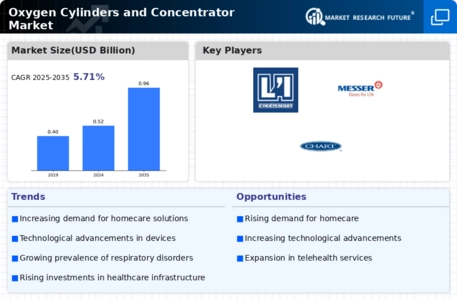

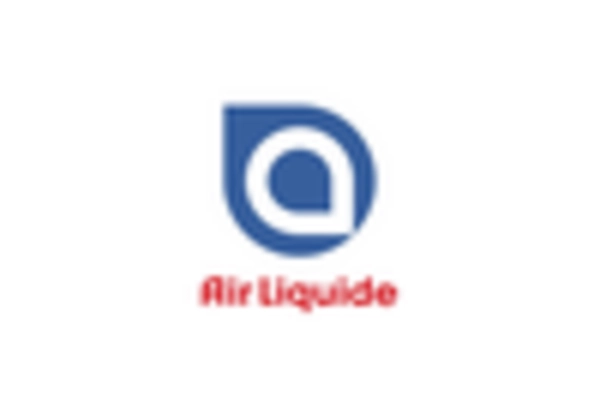
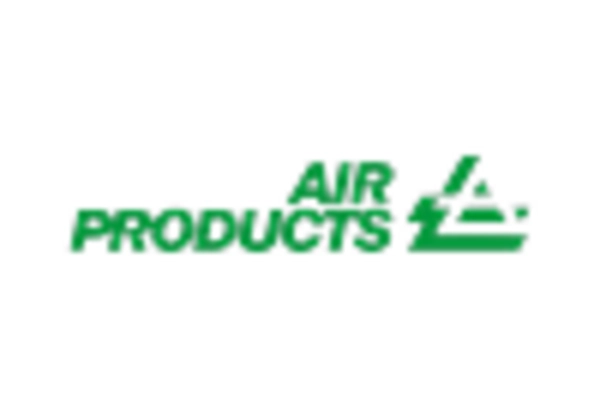
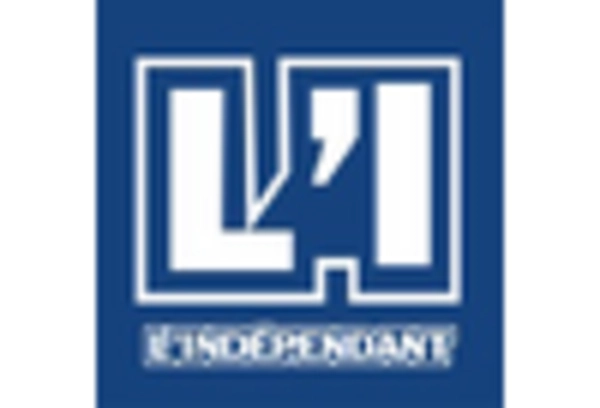
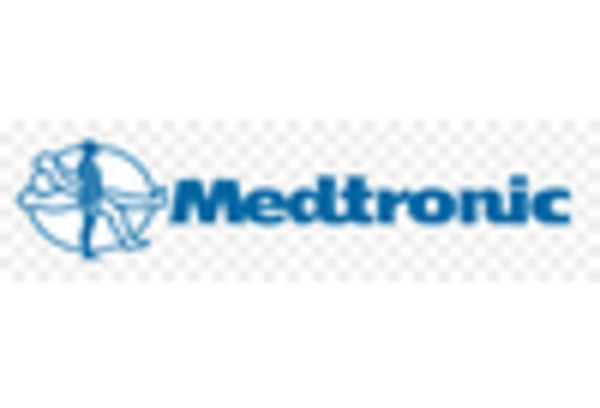
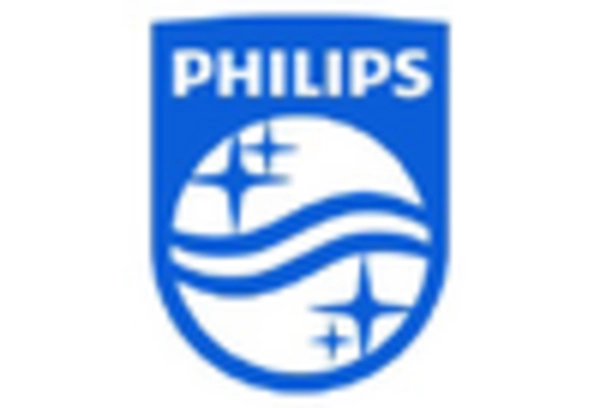
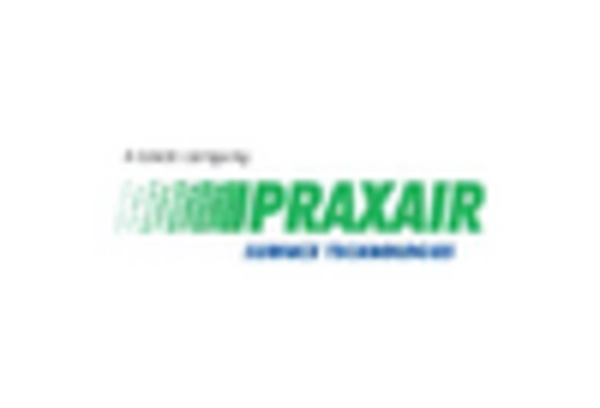








Leave a Comment